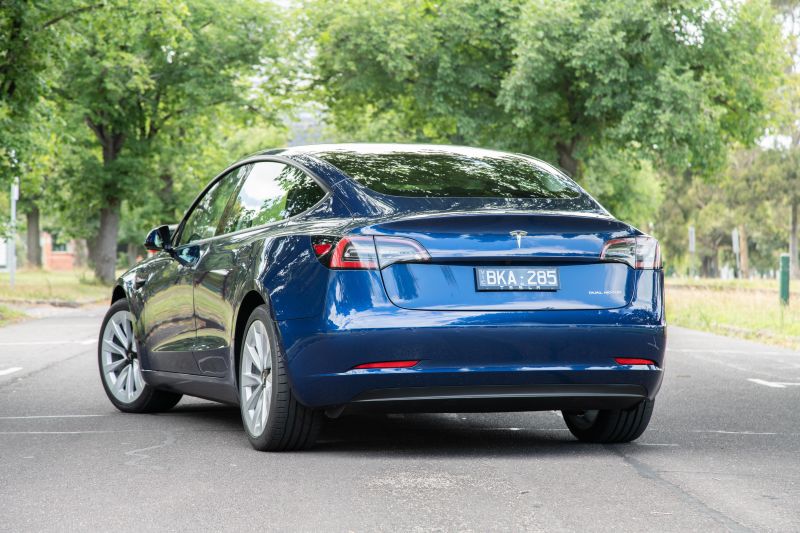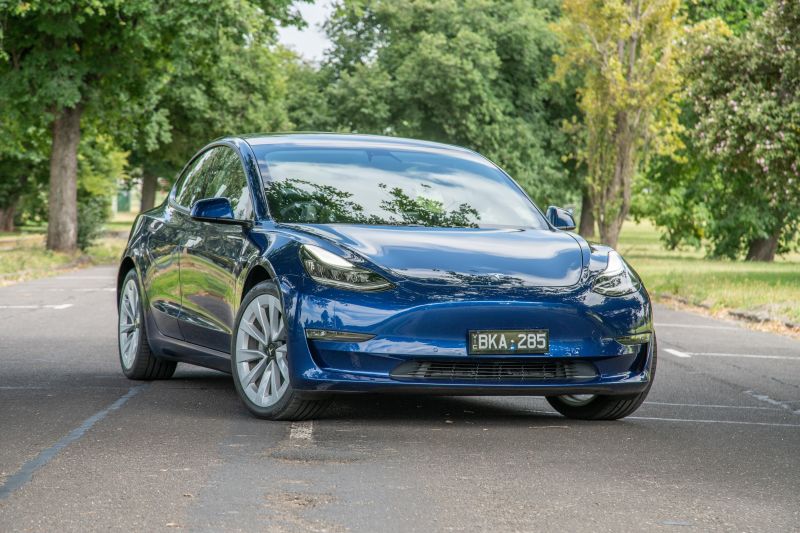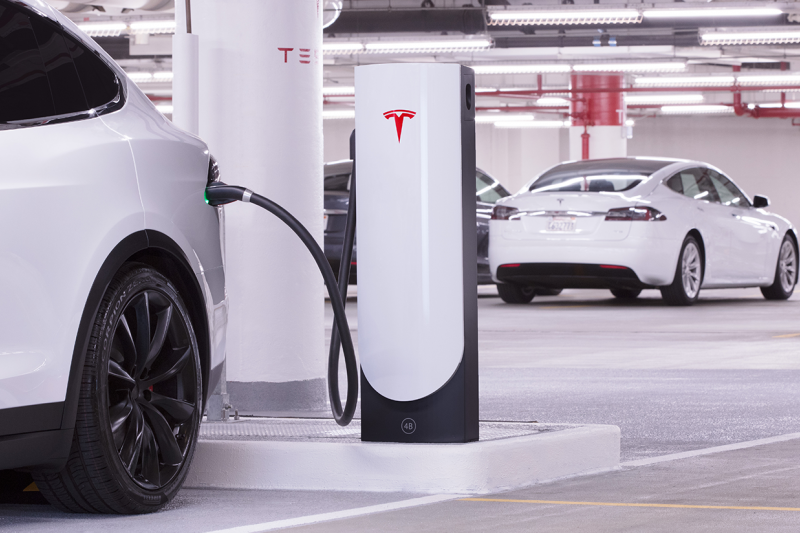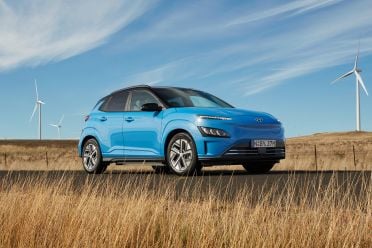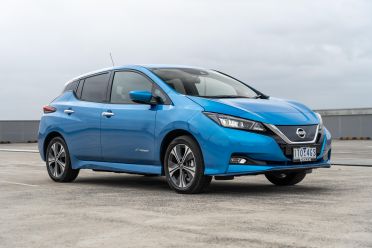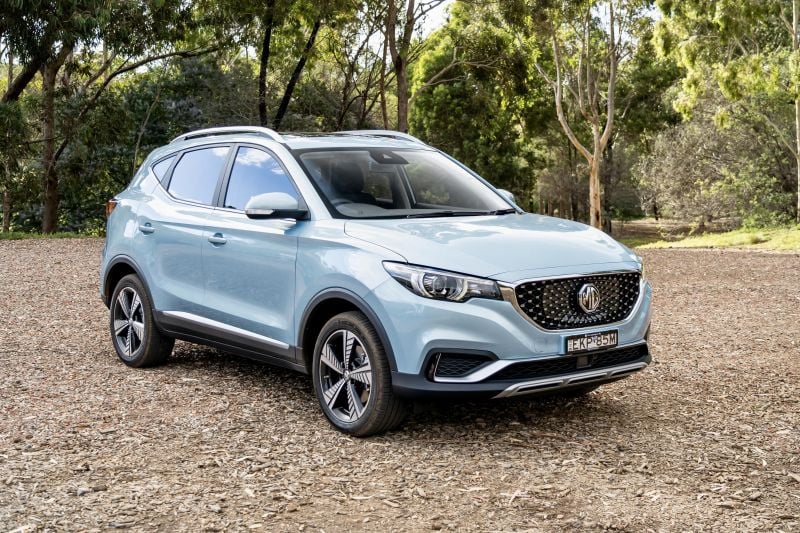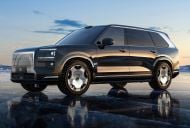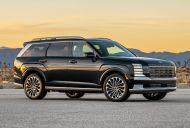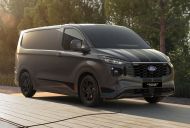Tesla doesn’t report sales figures in Australia – which is odd, because the Electric Vehicle Council reports the company has a lot to crow about.
The national body representing electric vehicles says Australians bought 7248 electric vehicles in the first half of 2021, of which 5031 were Teslas.
That figure is reached by subtracting the 2217 EV sales recorded by the Federal Chamber of Automotive Industries in its VFACTS reporting.
The Model 3 appears to be doing the heavy lifting for the brand, with market analysts suggesting Tesla sold around 4200 Model 3s over the first six months of 2021 in Australia.
That’s not quite enough to dethrone the Toyota Camry as Australia’s favourite sedan, with the Toyota logging 6260 sales over the same period, but it bests the likes of the BMW 3 Series (2260) and Mercedes-Benz C-Class (2314).
The majority of Camry sales are the hybrid. Of Australia’s two favourite sedans, one is an EV and one is a hybrid.
This follows a report from The Driven earlier this year that the Model 3 could hit 10,000 sales this year and enter the top 20 best-selling vehicles for 2021.
News.com.au reports Tesla’s monthly sales have more than doubled in New South Wales this year, moving from an average of 98 per month in 2020 to 206 per month in 2021.
That’s enough to corner 65 per cent of the state’s EV market in the first three months of this year.
Strong sales growth, albeit from a low base, has led to more EVs being sold in Australia in the first half of 2021 than in all of 2020.
There are 13 manufacturers now selling 23 different battery-electric vehicles in Australia, not including plug-in hybrids, and EVs had a market share of around 1.4 per cent in the first half of this year.
By contrast there are a claimed 130 models to opt for in the UK, where EVs have 8.2 per cent market share.
While we’re well behind the UK, let alone EV-hungry countries like Norway, sales have continued to grow and have received a boost in some states by government incentives.
New South Wales recently introduced incentives, including zero stamp duty on EVs under $78,000 plus 25,000 rebates of $3000 each for EVs under $68,750.
Victoria has also introduced $3000 subsidies for purchases of new EVs priced below $69,000.
The Model 3 benefits from all of these incentives, at least in base Standard Range Plus form which is priced from $59,990 before on-road costs.
That puts it in the same pricing ballpark as the likes of the Hyundai Kona Electric and Nissan Leaf.
It remains to be seen whether the next best-selling EV in Australia, the MG ZS EV, can reach the same sales heights as the Model 3.
It’s the cheapest electric passenger vehicle in Australia, priced at $44,990 drive-away, and recorded 843 sales to the end of July.
MORE: Electric car sales up 273 per cent in July, here’s how each model sold
MORE: Everything Tesla Model 3





